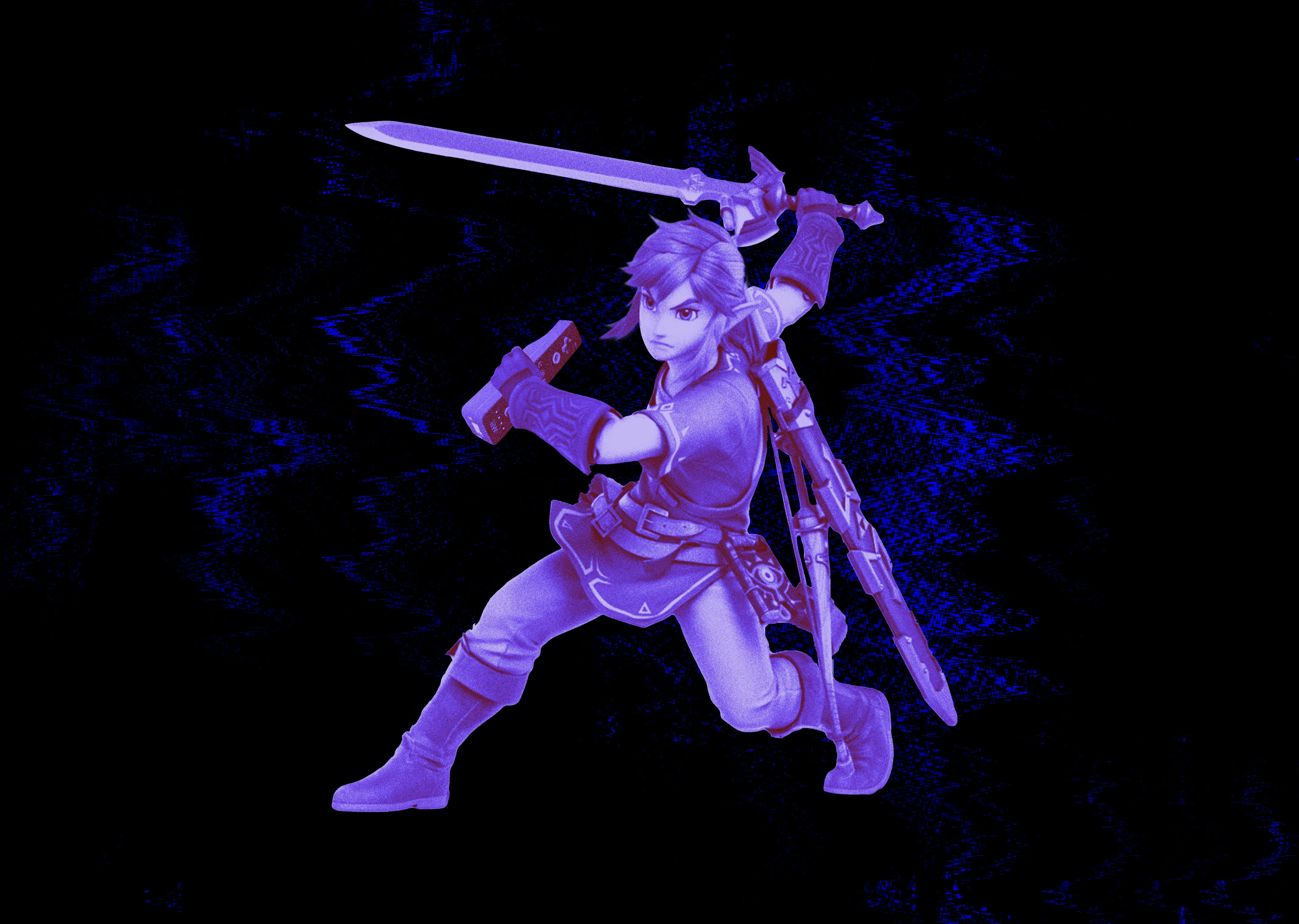
One of The Legend of Zelda’s best puzzles makes you put your console to sleep to solve it.
In the Phantom Hourglass, the first Zelda game designed for Nintendo’s dual-screen DS handheld, Link (the perennial hero) and Zelda (the princess/brains of the operation/giant suit of armor — long story) are forced to navigate deeper and deeper into a stealth-based dungeon called the Temple of the Ocean King. Link is looking for the ghost ship that’s holding Zelda’s physical body, and trying to find the pieces of a sea chart that will get him there. Six floors down is his latest lead: a strange tablet with markings and the simple directions to “press the sacred crest against the sea chart to transfer it.”
There’s no way to interact with the tablet. All you have access to is the usual sea charts and maps you can pull up on the lower screen of your DS. So what do you do? The solution is to close your DS, physically pressing the top screen with the crest onto the sea charts on the bottom display.
When I figured out the puzzle by accidentally closing my DS in frustration, I was mostly mad. I hadn't thought physically putting my DS to sleep was even an option. Years later, I appreciate Phantom Hourglass as one of several games that used every part of the Nintendo DS buffalo — even the weird ones. Nintendo has always been committed to its handhelds and consoles equally, and ideas frequently cross-pollinate between hardware releases and generations.
Nintendo’s success is built on a cast of beloved characters endlessly milked for new installments and spinoffs. But behind that formula, there’s a genuinely adventurous spirit. Each Zelda game foists new control and input methods on players, making the series Nintendo’s most open-ended and reliable laboratory for what the company believes could be the future of video games. Link and Zelda, across decades of time, are Nintendo’s most reliable tools for teaching us how to play — even if the results are sometimes infuriating.
The N64 Controller, Z-Targeting, and 3D
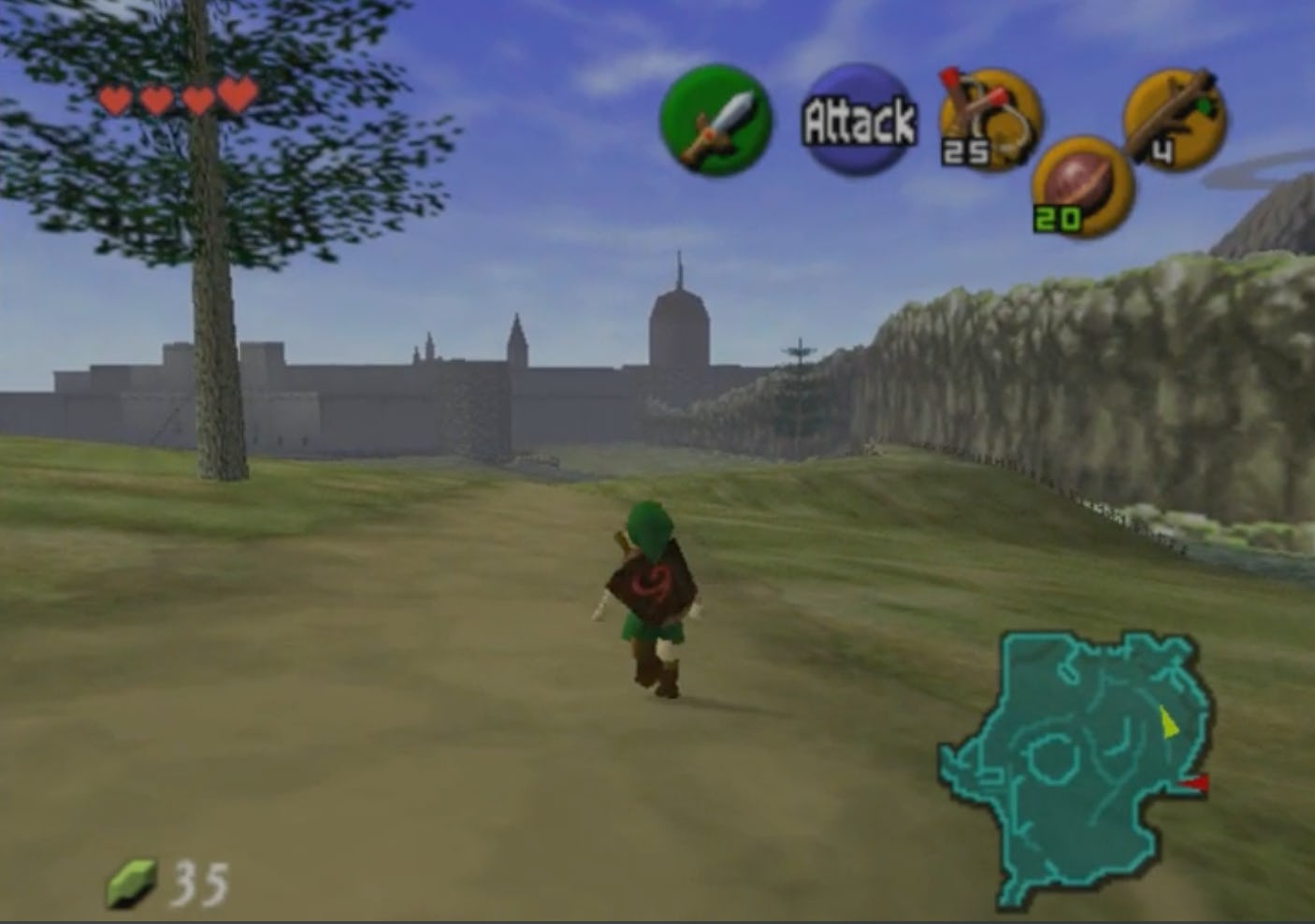
More than a quarter-century after its release, the Nintendo 64 is remembered fondly for carrying on its creators’ legacy in many ways: classic games like The Legend of Zelda: Ocarina of Time and Mario 64, blowing into your video game cartridge to make it work, and a controller seemingly designed for alien hands.
The M-shaped N64 controller was a major departure for Nintendo, and critical for controlling the 3D games the console ushered in. It was designed to be held three ways, one for each of its prongs. It had several of the face buttons featured on the SNES controller and, for the first time, an analog stick for controlling movement.
And yet, it wasn’t until the release of Ocarina of Time in 1998 that Nintendo started rolling out concepts and uses for the controller that would become fundamental to future games. The first and most obvious is “Z-targeting.” The Z-button on the N64 controller rests on the middle prong in easy reach of your fingers and essentially acts as a toggle for the in-game camera. When you’re facing an enemy, pressing it will lock on and track their movements with the camera until you press the button again. Outside of battle, pressing the Z-button reorients the camera toward the direction Link is facing.
Tying camera controls to a button press simplifies navigating the newly complex 3D Hyrule in Ocarina of Time. One thumb is in constant motion, manipulating the analog stick to move Link, while your other thumb focuses on attacks, jumping, and weapons. Controlling the camera is an added complication that isn’t necessary for Ocarina of Time — though as the PlayStation 2 and its dual joysticks would prove a few years later in 2000, it was totally within the scope of what the average person can handle.
Ocarina of Time introduced Z-targeting, which would become widely adopted in the years that followed in everything from Star Fox Adventures to Psychonauts. Lock-on is just useful, especially in games where there’s a lot going on at the same time.
Local Multiplayer and the GameCube Game Boy Advance Cable
Other experiments were less celebrated, but still interesting expressions of Link as Nintendo’s eternal guinea pig.
The GameCube brought many firsts for Nintendo: a handle, an optical disc drive for games, and another new controller. What’s more interesting for Zelda is how it built on hardware ideas Nintendo was already successfully pulling off with the Game Boy’s various accessories, like the Game Boy Camera and the Link Cable. The GameCube got its own add-ons: a broadband adapter, Game Boy Player for running Game Boy games, and (critical to Zelda) the Game Boy Advance Cable that let you use the popular handheld as a console controller.
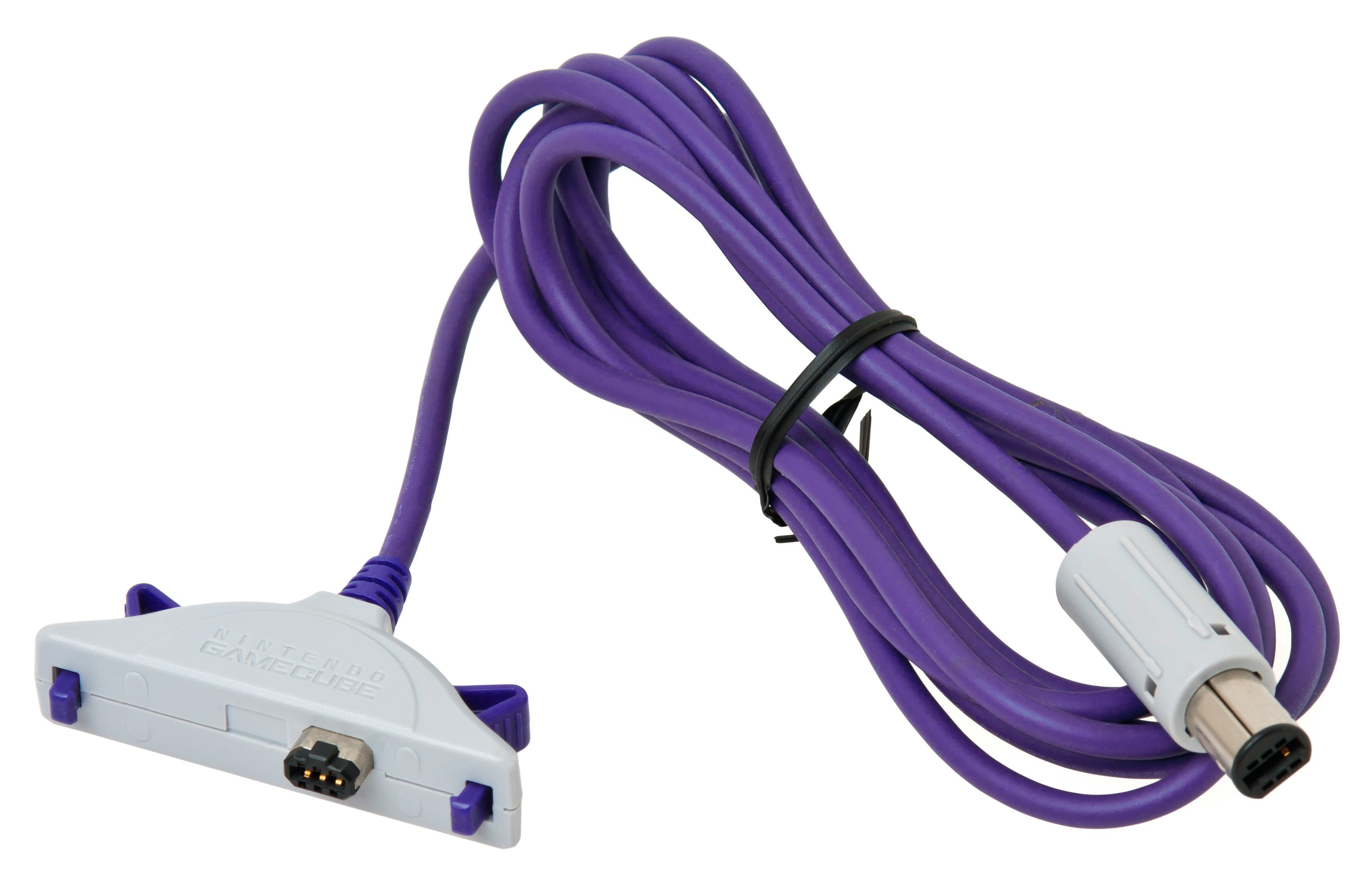
The GameCube’s better-known Zelda title is Wind Waker, but it’s Four Swords Adventures (the sequel to a multiplayer mode in the Game Boy Advance remake of A Link to the Past) that pushed the limits of Nintendo’s hardware. To play the multiplayer campaign of Four Swords Adventures, you needed to use the adapter cable and attach up to four Game Boy Advances. Nintendo treats the handheld as a controller — it has the same layout as the original Four Swords, of course — and a second screen to show where your individual Link goes when he runs off screen. For example, if you enter a cave on your TV screen, you’ll see the inside of the cave on your Game Boy Advance.
It’s not the most revolutionary idea, but it’s a perfect example of Nintendo’s tendency to bounce new ideas between handheld and console — and a precursor to the all-out nonsense of the Wii U’s many second-screen experiences.
Motion Controls and the Wii Remote
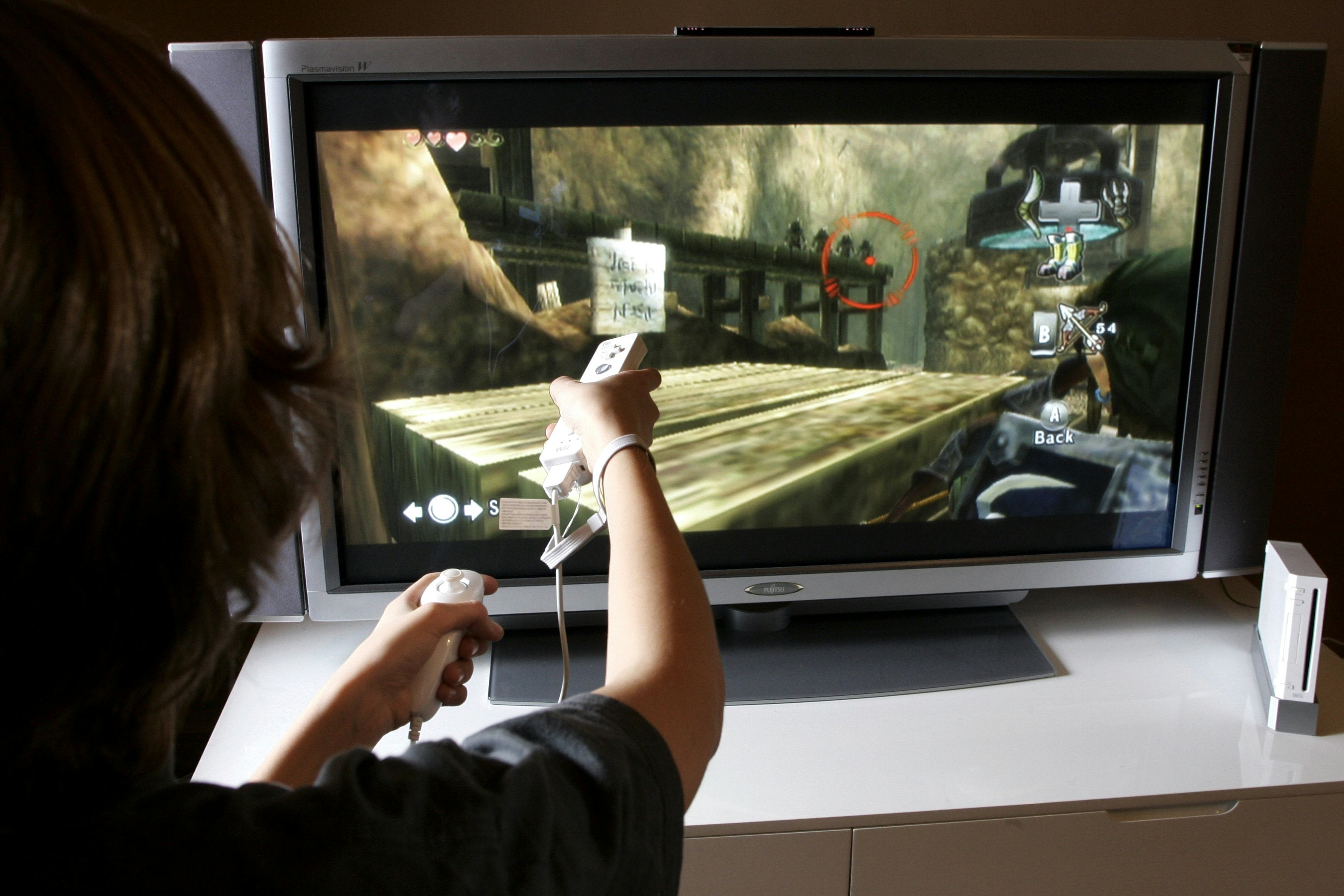
The pinnacle of this whole trend — and perhaps the sign of its end — was the Wii and the Wii Remote. The Legend of Zelda: Twilight Princess technically straddled the GameCube and the Wii eras (much like Breath of the Wild did with the Wii U and Switch). But let’s face it, most people played that game with a Wii Remote in one hand and a Nunchuck in the other.
Twilight Princess introduced motion controls to the series for the first time, letting you use the Wii Remote to swing Link’s sword and a Nunchuk attachment to control his movements. Once again, Z-targeting was critical to keeping enemies in view and making sure sword strikes connected. There wasn’t a ton of finesse to the controls, but it certainly sold the idea of the Wii Remote as an infinitely adaptable control scheme.
The natural extension of that pitch was the Wii Zapper, a plastic, blaster-shaped case the Wii Remote and Nunchuk could slot into for shooters. Nintendo packaged the accessory with Link’s Crossbow Training, a shooter game — think Time Crisis but less of a roller coaster and less precise — that pitted Link against waves of enemies and targets, with the main goal being to survive and score. The Wii Zapper never really received mainstream support, but the company had a new idea to try, and its trusted hero adapted to fit it.
In 2011, The Legend of Zelda: Skyward Sword would realize the ultimate potential of the Zelda series as a vehicle for clever hardware advancements. You needed the Wii MotionPlus to play Skyward Sword, as the title was the first to take advantage of the new, more accurate motion tracking and much of the game required a higher level of precision to work.
Wii MotionPlus started as an add-on to traditional Wii Remotes that included additional gyroscopes for precise motion controls. It was later baked into the Wii Remote Plus. In Skyward Sword, you had to use that extra finesse to cut enemies down to size (literally), guide your giant loftwing bird mount through the clouds, and navigate tight corners to retrieve items with a giant bug, just to name a few motion-based challenges. Say what you will about the game’s pacing and overall structure, but it laid the groundwork for the Zelda games that came after it, and made the best case for the Wii’s capability with motion controls — right as Nintendo and just about everyone else was ready to move on.
The “Second Screen Experience” and the Wii U Gamepad
The less said about the Wii U, the better. While there were some legitimately interesting use cases for the tablet/ controller hybrid that was the Wii U Gamepad, the best ones often alleviated the annoyance of sorting through menus. One of Nintendo’s Zelda ports for the system, The Legend of Zelda: Wind Waker HD, is probably the best implementation of the idea.
The HD version placed the game’s various maps, sea charts, and inventory menus on the Gamepad screen, freeing up your TV for Wind Waker’s lush visuals. This helped streamline what could be a somewhat complicated game (other changes were made to how sailing worked) and made switching between items easy. Wind Waker HD also made great use of the Wii U’s “Off-TV Play.”
Basically, you can play the entire experience on the Gamepad itself, almost treating it like a handheld game with the visual quality of a home console — an idea that would prove highly attractive to both players and Nintendo going forward.
The Switch, Joy-Cons, and the Future
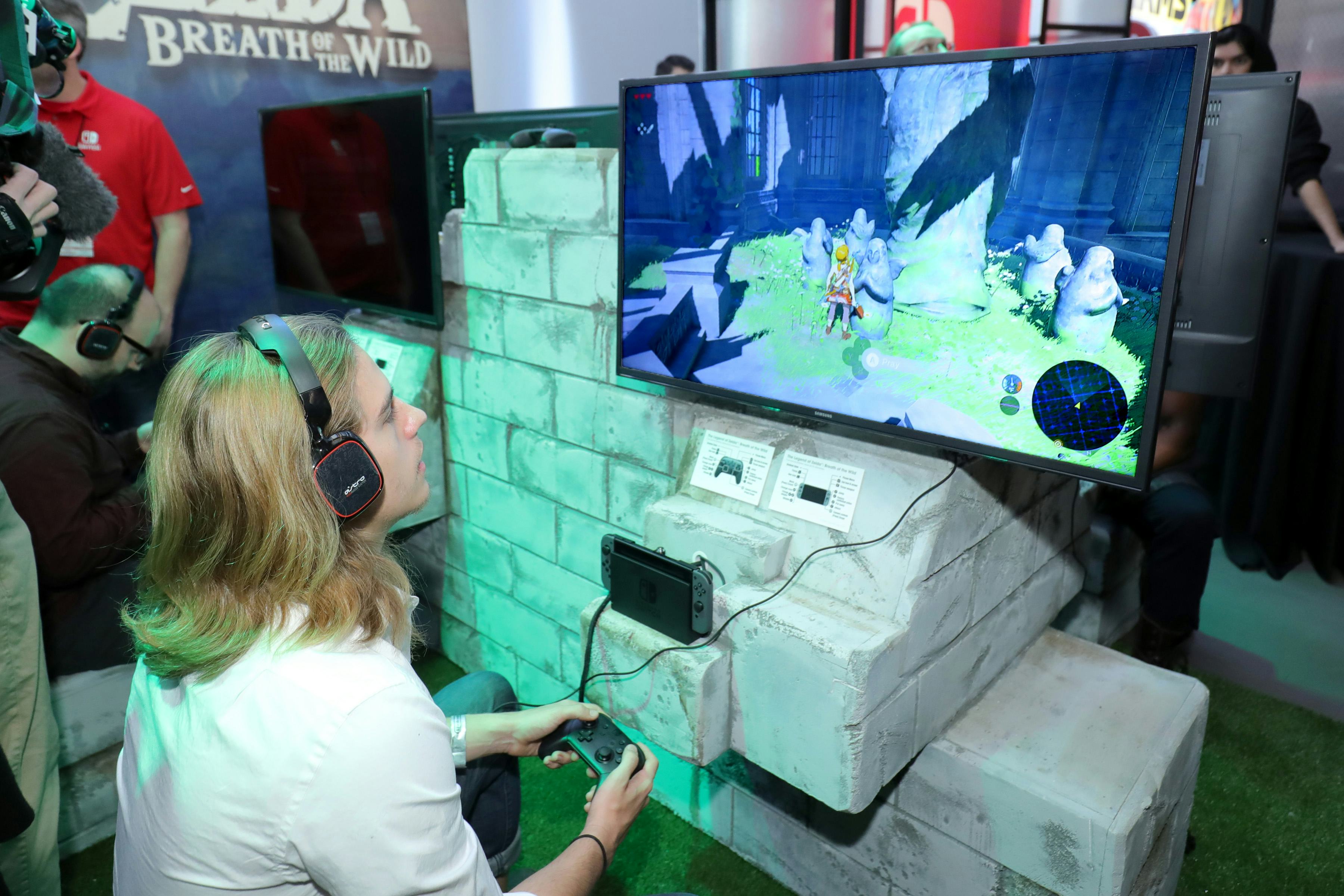
The Legend of Zelda: Breath of the Wild straddles both the Wii U and the Switch, and plenty of its interface elements make sense sequestered on a Gamepad. Link and Zelda even use Gamepad/Switch-esque “Sheikah Slates” to chart the game’s vast overworld and unlock new abilities.
Breath of the Wild largely controls like any other modern open-world game — until you engage with those abilities. By default, they’re controlled with the Joy-Con’s motion controls, and Nintendo expects you to use them. Abilities have optional directions on how to use the sticks and face buttons of the Joy-Cons, but there are several shrines (BOTW’s mini puzzle dungeons) that require you to tilt and lean your controller like nobody's business if you hope to succeed.
Annoying as that may be, those abilities have had the most staying power of any part of the game. Using Magnesis, you might fling a metal ball at your enemies one moment and stack a makeshift bridge made out of metal scrap to cross a gap the next. Stasis, which freezes objects in time and lets you charge them up with kinetic energy, is full of chaotic potential. And that’s just two of them!
Years after the game’s release, we’re still finding new ways to use Breath of the Wild’s abilities and physics to take out giant Hynoxes, fling Link across the map, and generally break the game in ways both breathtaking and wholly permitted by the complex layering of systems Nintendo created.
Rune abilities and players' wild experiments with them seem to be at the heart of The Legend of Zelda: Tears of the Kingdom. Based on previews of the new game — including ours here at Inverse — Nintendo is stretching the limits of the Joy-Con’s gyroscopes even further by having players build complex contraptions using just motion controls and a lot of patience. It seems like the learning curve could be even steeper and the level of precision required more frustrating. But the risk will be worth it for another six years of incredible content.
The Switch might not make the same rigorous input demands as Nintendo’s other hardware, but it represents the pinnacle of decades spent experimenting with both handhelds and consoles. With the Switch, you get the best of both. And that forces an interesting philosophical change that the series’ flexible nature is easily able to match.
If the Switch unites Nintendo’s handheld and home console games on a single device, then what is a Zelda game in this new landscape? Link’s last few outings seem to suggest the answer is simply: “Whatever you need it to be.”







